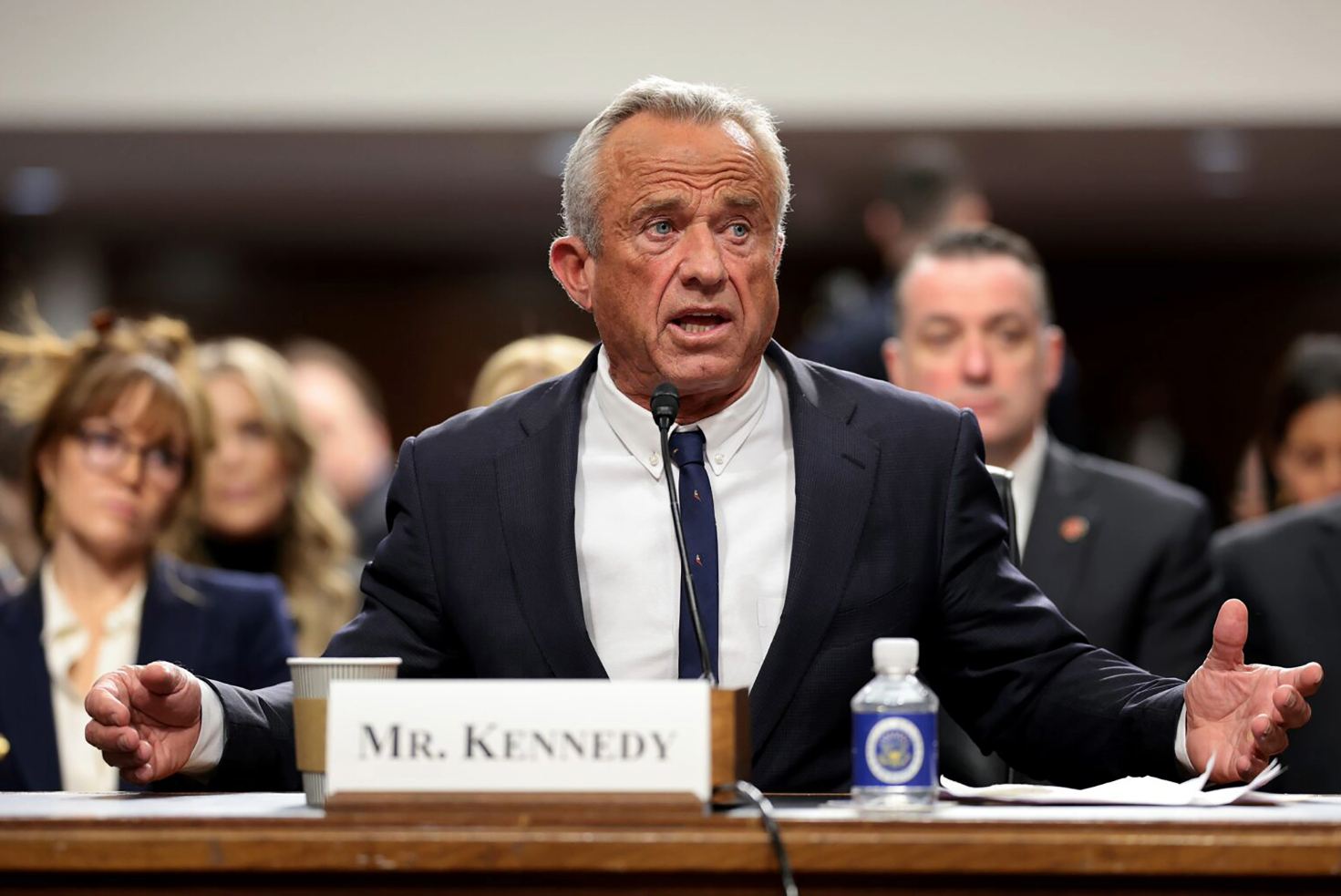
The U.S. Department of Health and Human Services (HHS) has begun what it calls a sweeping transformation—one aimed at re-centering the nation’s largest health agency around a singular mission: ending America’s epidemic of chronic disease.
Announced on March 27, the restructuring reduces the department’s workforce by nearly 25%, consolidates dozens of agencies, and redirects focus toward prevention, environmental health, and service efficiency. It’s the most extensive reform effort the Department has seen in decades—and its stakes are high.
“We aren’t just reducing bureaucratic sprawl,” said HHS Secretary Robert F. Kennedy, Jr. “We are realigning the organization with its core mission and our new priorities in reversing the chronic disease epidemic. This Department will do more – a lot more – at a lower cost to the taxpayer.”
At the heart of the plan is a dramatic staff reduction. HHS will shrink from 82,000 to 62,000 full-time employees. Early retirements, internal restructuring, and a targeted elimination of redundancies will drive the change. The expected annual savings? $1.8 billion.
But this isn’t only about cutting costs. HHS officials say the move is designed to create a leaner, more responsive agency, better equipped to deal with long-term health outcomes—particularly the growing burden of chronic illness.
The reorganization introduces a newly formed Administration for a Healthy America (AHA). This umbrella agency will absorb multiple HHS components, including the Office of the Assistant Secretary for Health (OASH), the Health Resources and Services Administration (HRSA), and the Substance Abuse and Mental Health Services Administration (SAMHSA). It will also bring in the Agency for Toxic Substances and Disease Registry (ATSDR) and the National Institute for Occupational Safety and Health (NIOSH).
The AHA will oversee programs in primary care, mental health, environmental health, maternal and child health, HIV/AIDS, and workforce development. By centralizing efforts previously split across silos, the goal is faster coordination and better delivery of care—particularly for low-income Americans.
While the reorganization affects nearly every corner of HHS, essential services like Medicare and Medicaid will remain untouched.
The Centers for Medicare and Medicaid Services (CMS) will see a modest reduction of 300 roles, aimed at trimming administrative overlap. Similarly, the National Institutes of Health (NIH) will reduce staff by 1,200 through the consolidation of procurement, HR, and communications across its 27 institutes.
The Food and Drug Administration (FDA) will shed about 3,500 positions—but not those responsible for reviewing drugs, food safety, or medical devices. Inspections and frontline regulatory activities will continue at their current capacity.
As for the Centers for Disease Control and Prevention (CDC), the agency is set to absorb the Administration for Strategic Preparedness and Response (ASPR), which manages public health emergencies. The net change: a workforce reduction of approximately 1,400, after accounting for transferred personnel.
In addition to agency consolidations, the department is eliminating redundancies in administrative functions like Human Resources, IT, Procurement, and Policy. Ten regional offices will be merged into five.
A new Assistant Secretary for Enforcement will oversee internal accountability efforts, including Medicare appeals and civil rights compliance—part of a larger push to root out inefficiencies and fraud.
Meanwhile, the Office of Strategy will be formed by merging the Assistant Secretary for Planning and Evaluation (ASPE) with the Agency for Healthcare Research and Quality (AHRQ). This office will lead research and evaluation to shape real-time policy decisions.
Finally, programs within the Administration for Community Living (ACL)—which serves older adults and people with disabilities—will be distributed across other agencies, including CMS and the Administration for Children and Families. These transitions, HHS notes, will not affect Medicare or Medicaid coverage.
The announcement marks not just a structural change, but a philosophical one. It’s a departure from the growth-heavy, multi-layered agency that expanded significantly in the past decade. It also reflects an aggressive approach to preventive care and environmental reform.
“Over time, bureaucracies like HHS become wasteful and inefficient even when most of their staff are dedicated and competent civil servants,” Kennedy said. “This overhaul will be a win-win for taxpayers and for those that HHS serves. That’s the entire American public because our goal is to Make America Healthy Again.”
No additional layoffs are currently planned. However, HHS says it will continue to evaluate where resources can be better aligned or streamlined.
For an agency responsible for protecting the nation’s health—from pandemics to prescription policy—the next chapter will depend on execution. The vision is bold. The costs are real. And for HHS, the test now becomes whether less truly can deliver more.
Share this article: